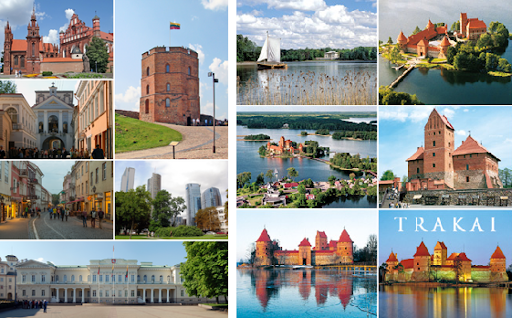Sodžių In the rich tapestry of Lithuanian culture, the term “Sodžių” holds a place of profound significance. More than just a word, it encapsulates the essence of traditional rural life, community bonds, and a harmonious relationship with nature. This article delves deep into the multifaceted concept of Sodžių, exploring its historical roots, cultural importance, and enduring legacy in Lithuania’s national identity.
Etymology and Meaning of Sodžių
These settlements were not merely physical structures but represented a way of life deeply intertwined with nature and communal living. CEOCOLUMN
Historical Background
The concept of Sodžių dates back to Lithuania’s early rural settlements, particularly between the 12th and 16th centuries. During this period, the Lithuanian landscape was dotted with these small clusters of farmsteads, each functioning as a self-contained community. The inhabitants engaged in agriculture, animal husbandry, and various crafts, fostering a lifestyle that was both sustainable and community-oriented. CEOCOLUMN
Cultural Significance
Sodžių is more than a settlement pattern; it is a reflection of Lithuania’s cultural ethos. The communal aspects of these rural settlements fostered strong social bonds, mutual assistance, and the preservation of traditions. Festivals, rituals, and daily activities were deeply rooted in the rhythms of nature and agricultural cycles, reinforcing a collective identity centered around the land and community.
Architectural Features
The architecture of Sodžių settlements is characterized by wooden structures, often adorned with intricate carvings and symbolic motifs. These buildings were constructed using locally sourced materials, reflecting the inhabitants’ resourcefulness and deep understanding of their environment. The layout of the farmsteads facilitated communal living while allowing for individual family spaces, balancing privacy with social interaction.
Sodai: The Straw Gardens
An integral aspect of Sodžių culture is the creation of “Sodai” or straw gardens. These intricate hanging ornaments, made from rye straw, symbolize the universe’s harmony and are associated with well-being and fertility. Traditionally, Sodai were crafted for special occasions such as weddings and christenings, serving both decorative and ceremonial purposes. leidykla.vda.lt+7The Baltic Review+7ICH UNESCO+7The Baltic Review+3UNESCO+3Lietuvos Radijas ir Televizija+3Lietuvos Radijas ir Televizija+1The Baltic Review+1
UNESCO Recognition
In recognition of their cultural significance, the tradition of making Sodai was inscribed on the UNESCO Representative List of the Intangible Cultural Heritage of Humanity in 2023. This acknowledgment underscores the importance of preserving and promoting these traditional crafts as vital components of Lithuania’s cultural heritage. ICH UNESCO+4unesco.lt+4The Baltic Review+4lrkm.lrv.lt+1CEOCOLUMN+1
Modern-Day Relevance
Despite the passage of time and the advent of modernization, the essence of Sodžių continues to resonate in contemporary Lithuania. Efforts to preserve traditional crafts, architecture, and communal practices are evident in various cultural initiatives and educational programs.
Conclusion
Sodžių stands as a testament to Lithuania’s rich rural heritage, embodying values of community, sustainability, and cultural continuity. Its enduring presence in the national consciousness serves as a reminder of the importance of preserving traditional ways of life amidst the rapidly changing modern world.
Frequently Asked Questions (FAQs)
What are “Sodai” and their significance?
“Sodai” are intricate straw ornaments crafted for special occasions, symbolizing harmony, fertility, and well-being in Lithuanian culture.The Baltic Review
3. How has Sodžių influenced modern Lithuanian society?
The principles of communal living, sustainability, and cultural preservation inherent in Sodžių continue to influence contemporary Lithuanian values and practices.
4. Why was the Sodai tradition recognized by UNESCO?
The Sodai tradition was recognized for its cultural significance, craftsmanship, and role in promoting community cohesion and cultural identity.Lietuvos Radijas ir Televizija+2lrkm.lrv.lt+2leidykla.vda.lt+2
5. How can one experience Sodžių culture today?
Visitors can explore preserved rural settlements, participate in cultural festivals, and engage with local artisans to experience the living traditions of Sodžių.

